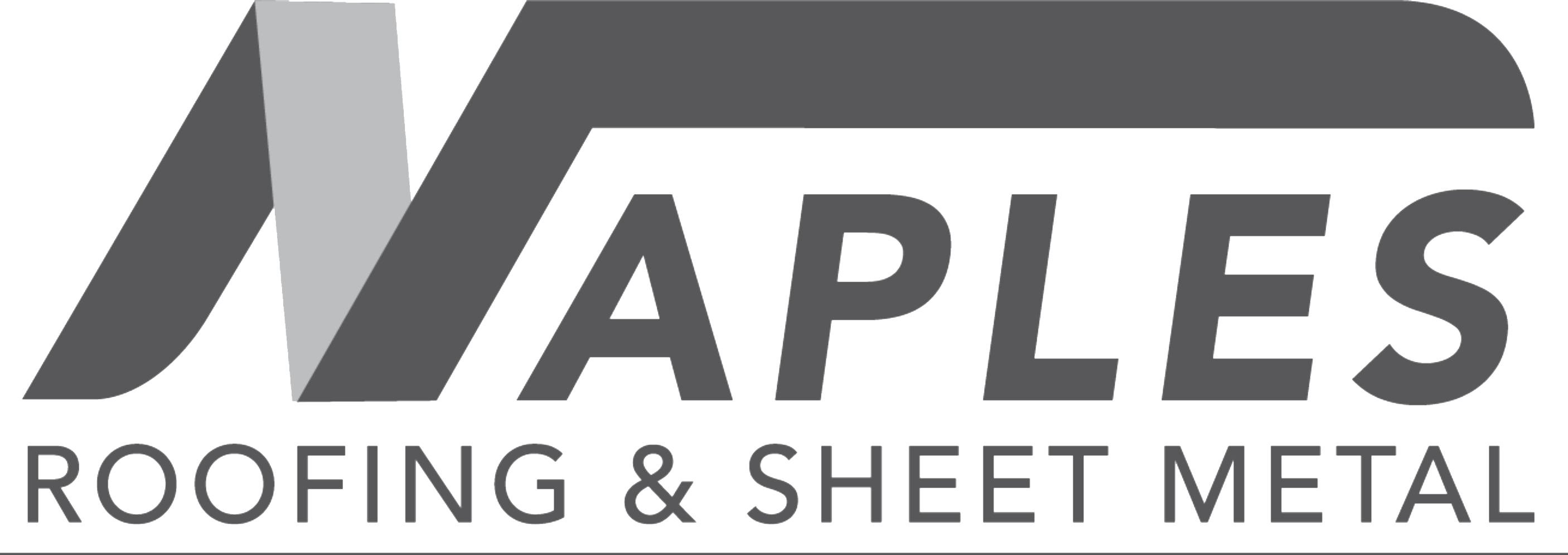TPO and EPDM Roofing Systems: Brief Comparison
On most commercial roofing projects today, there are two main techniques for selecting a high-quality, energy-efficient solution. It can be difficult to tell the difference between a TPO roof system and an EPDM roofing in US because both are single-ply roofing membranes. There are a lot of parallels between the two forms of roofing, but there are also some notable variances.
Unlike most residential roofs, many commercial and industrial complexes have a low slope or flat roofing systems built into their layouts. Roofs on commercial buildings are often substantially larger than those on residential buildings.
We’ll go through the differences between these two common commercial roofing systems in this blog. Examining the qualities, longevity, cost, durability, ease of installation, maintenance, and energy efficiency of different roofing systems can assist you in determining which system best matches the needs of your planned project. Let’s take a closer look at each roofing system separately first.
TPO Roofing Systems
TPO roofing systems have a single-ply membrane made of synthetic materials and a fabric reinforcing scrim that stabilizes and reinforces the membrane for better performance. A variety of rubber kinds, mostly a mix of polypropylene and ethylene-propylene, make up TPO membranes. The membranes attach to the cover board either mechanically or using an adhesive.
Despite the fact that EPDM roofing systems have dominated the single-ply roofing market for more than half a century, TPO is fast gaining traction. TPO has numerous advantages that contribute to its popularity as a commercial roofing material, beginning with its energy efficiency. TPO roofing reflects sunlight, making commercial air conditioners more efficient; on the other hand, EPDM roofing has a dark surface that absorbs heat in hot weather, forcing cooling systems to work overtime. For establishments located in warmer regions, TPO offers lower cooling expenses and energy savings.
TPO is also more puncture resistant than EPDM. It provides nearly three times better protection against punctures, which might result in rain leaks. After installation, TPO roofing systems always weld, rendering the system exceptionally durable but complicating the installation due to the necessity of an electrical source for welding. Consequently, any repairs needed for a TPO system become more challenging, as completing the operation requires power.
EPDM Roofing Systems
EPDM roofing uses a synthetic rubber roofing membrane that is highly long-lasting. Ethylene and propylene, the two main components, come from oil and natural gas. Large panels attached through the membrane or narrow panels fastened in the side laps are also options for mechanically attached EPDM systems. Membranes that are either non-reinforced or scrim-reinforced can be employed. Fasteners are then used to secure the membrane to the steel deck beneath it.
EPDM roofing is the way to go if your commercial construction project is in a region where hailstorms are common. Its synthetic rubber surface effectively bounces hail away from the roof surface and system, causing little to no damage. When struck by hailstones, TPO systems, which are comprised of thermoplastic, form concentric circles that stay in place and may undermine the roofing system’s membrane.
As previously said, it is slightly easier for roofing specialists to make repairs on an EPDM roofing system because welding does not require an electricity supply. Also, if your commercial building has solar panels or is considering installing them, EPDM is a preferable choice because it does not interfere with sunlight absorption. TPO systems reflect sunlight back onto the surface, causing the solar panels to degrade during operation.
Comparison Between TPO Vs EPDM Roofing
Choosing one roofing system over another may be influenced by your location, as well as elements such as hail, heat, snow, rain, or other external influences, such as your intention to install solar panels on the roof, as previously mentioned. Cost, maintenance, ease of installation, durability, and energy efficiency are all significant variables to consider. Both systems can be mechanically fastened but they can also be fully adhered to, which is the optimum approach for durability and warranty utilization.
Recent Post: Can TPO Roofing Be Installed Over Plywood?
Cost
For single-ply roofing membranes, EPDM roofs are the most cost-effective option. The cost of TPO roofing membranes is higher than that of EPDM roofing membranes. It is always best to spend more money on a thicker membrane, regardless of which one you choose. EPDM and TPO roofs with a thicker layer perform better and last longer.
Longevity
Connecting the overlapping seams significantly determines the longevity of a single-ply roofing membrane. Opting for permanently attached seams is the safest choice, as poor attachment can account for 99 percent of leaks.
For several reasons, determining the longevity of the TPO roofing membrane is difficult. First and foremost, this is a novel roofing product, with no TPO membranes older than 15 years in use in the United States today. TPO membranes, on the other hand, are still an experimental product. They’re all in their second, third, and in some cases fourth generation of formulations, so it’s impossible to say how long they’ll endure. In the past, several TPO products were recalled due to seam and material problems.
Durability
EPDM roofs, made of a rubber compound, have been in use for decades and are known for their long lifespan. And EPDM roofs can endure up to 25 years if they have appropriately tapered seams and elaborate flashings. It’s a tough roofing material that can withstand UV rays, ozone, oxidants, and extreme weather. In colder areas, an EPDM membrane outperforms a TPO membrane.
TPO seam strength is three to four times that of EPDM glue and taped seams, and it’s made to last long. Different TPO membranes work differently as a result of constant adjustments and improvements to the formulation. TPO exhibits poor resistance to ponding water, leading to the development of cracks and splits, and it lacks resilience to severe solar and thermal loads.
Maintenance
A correctly placed EPDM membrane will require little maintenance in the early stages of its service life. Unlike TPO, EPDM seams have a coating of adhesive, making them susceptible to separation. This implies that maintaining an EPDM roof is necessary in the long run to ensure it stays in good condition. EPDM is also particularly sensitive to solvents and oils of any kind. Avoid recommending cleansers/conditioners containing petroleum solvents, hard abrasives, or citric-based cleansers, as they have the potential to cause irreversible harm to an EPDM membrane.
TPO roofing membranes are more difficult to keep clean than EPDM membranes. Fresh materials can be difficult to weld to a TPO membrane because they lose pliability and, as a result, their thermoplastic qualities as they age. As a result, an activator may be necessary to seal repairs when heat welding new material to an existing membrane.
Ease of Installation
TPO roofing membranes are more difficult and time-consuming to install than EPDM rubber roofs. TPO must be hot-air welded, whereas EPDM requires no specific equipment for installation. This complicates and increases the expense of installing a TPO roofing membrane, which also necessitates specific knowledge. A beginner roofing contractor may effectively install an EPDM membrane, but only a professional roofing contractor should install a TPO roof. Leaks will almost always occur as a result of improper installation, forcing costly repairs or replacement.
Energy Efficiency- EPDM Roofing
Due to their energy efficiency, TPO membranes have become a popular single-ply roofing option. While other TPO colors reflect sunlight, white TPO membranes serve as a ‘cool’ roofing material.Commercial premises with a TPO roof can save money on cooling expenditures, especially in hotter areas. By reflecting solar heat and reducing the need for additional air conditioning, a TPO roof can help keep a space’s thermal balance cooler. TPO roofs are very popular in hot, sunny areas where cooling is required on a regular basis.
While white EPDM roofing membranes have better reflective characteristics than darker colored EPDM, EPDM roofs do not provide the same amount of energy and cost savings as TPO roofs.
When choosing a roofing system for a commercial structure, one must consider numerous elements, including the location, as well as heat, hail, rain, snow, and other weather conditions. Cost, durability, maintenance, ease of installation, and energy efficiency are the most significant variables to consider.
Naples Roofing is an NRCA certified TPO and EPDM roofing contractor in USA that offers commercial and industrial roofing services for all types of roofing materials including TPO and EPDM roofing materials. Contact for further information or request a service estimate!


